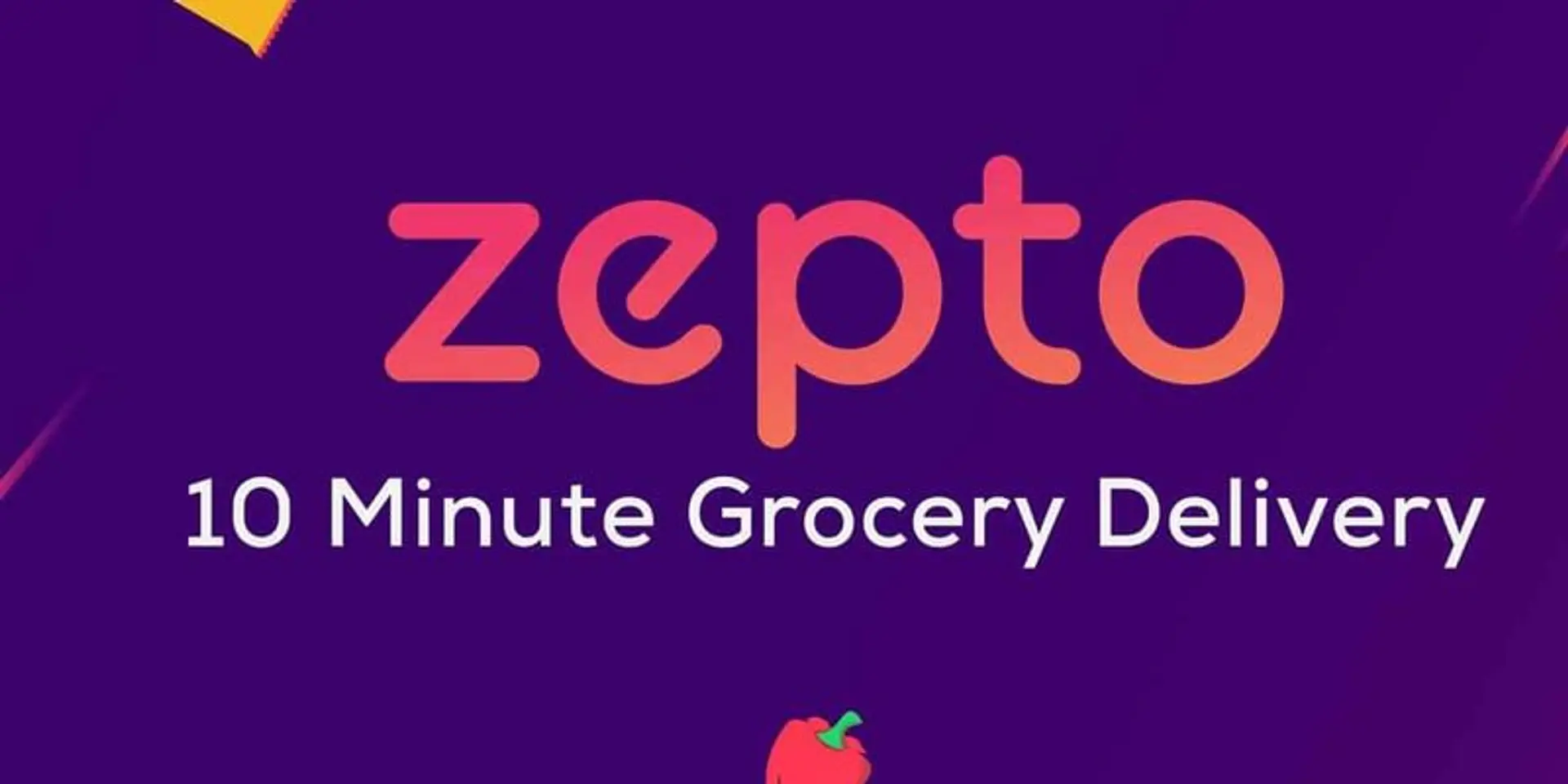Attention to Details! Use of Dark Pattern in Zepto's Ecosystem
Explore how Zepto's UI tricks users into paying fees and the ethical debates it sparks. Dive in for the full scoop on dark patterns!
In the rapidly evolving world of e-commerce, every click, every swipe, and every transaction is more than just an interaction—it's a battle for attention and, sometimes, consumer fairness. A recent stir among Bengaluru users has spotlighted Zepto, a prominent player in the quick delivery space, for deploying what is known as a "dark pattern" in its user interface. This tactic, which nudges users into paying delivery fees unless they opt for free delivery, has sparked significant controversy. Co-founder and CEO Aadit Palicha has yet to respond, leaving consumers buzzing about the ethics of such designs.
What is a Dark Pattern?
Dark patterns are design elements that intentionally create user interfaces that trick individuals into making decisions they might not otherwise make. These can range from hidden charges to misleading navigation, all crafted to benefit the service provider at the user’s expense. By design, they exploit the user's cognitive biases. For example, the "roach motel" dark pattern makes it easy to get into a situation (like signing up for a subscription) but frustratingly difficult to get out of it.
Zepto's Controversial Interface
Zepto's case involves a subtler form of dark pattern. Subscribers to the Zepto pass, which advertises free delivery, must manually apply a coupon code for each order to avoid delivery charges. At first glance, it may seem trivial, but the design cleverly banks on a common user behavior: oversight. By making the application of a coupon code a manual step, Zepto potentially profits from the forgetfulness or inattention of its users. This has led to public backlash, with users calling out the interface as a "cheap" monetisation strategy.
The Profit Motive Behind Dark Patterns
From a business standpoint, the logic behind dark patterns can be disturbingly straightforward. Removing defaults or making the opt-out process cumbersome can significantly boost revenue. Research indicates that even a small percentage of users missing out on applying beneficial options can lead to substantial profits for companies. In Zepto’s case, every forgotten coupon application directly translates into increased revenue from delivery fees—a clever but ethically questionable tactic.
Consumer Response and Future Implications
The outcry from users, particularly those who noticed the manipulative pattern, highlights a growing consumer awareness and sensitivity to user experience ethics. Such practices, while profitable in the short term, can damage a company’s reputation and customer trust in the long run. With increasing scrutiny from consumer rights organisations and potential regulatory interest, companies like Zepto may need to rethink their approach or face legal and social repercussions.
Zepto's Silence and Public Relations
As of now, Zepto's management, including CEO Aadit Palicha, has not publicly acknowledged the complaints regarding their use of dark patterns. This silence could be strategic, possibly buying time to assess the best course of action without admitting fault prematurely. However, this lack of response could also exacerbate customer dissatisfaction and harm public perception.
Looking Ahead: Navigating Ethical UI Design
The use of dark patterns throws up significant questions about the ethical responsibilities of tech companies. It underlines the need for transparent and fair user interfaces that respect consumer choices without tricking them into decisions that may not be in their best interest. As digital literacy improves, consumers will likely become more discerning, prompting companies to adopt more ethical practices or risk losing user trust.
In the digital age, the fine line between clever marketing and deceptive manipulation is increasingly scrutinised. Zepto's case serves as a crucial reminder for all tech entities: while innovation drives user engagement, ethical transparency will sustain consumer trust. The future will likely see more debates on such practices, as companies navigate the challenging waters of ethical design and consumer satisfaction. Let's hope they choose the light patterns over the dark, shall we?
Edited by Rahul Bansal







